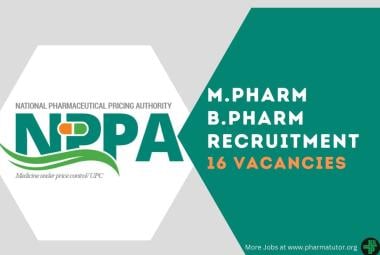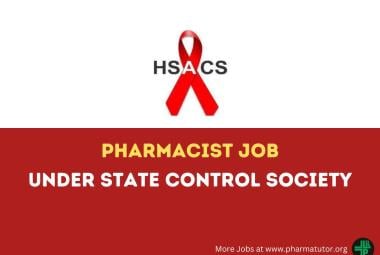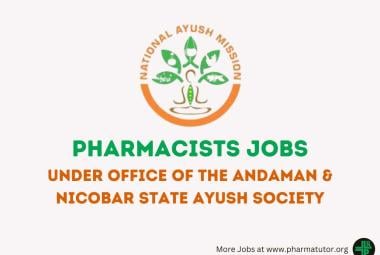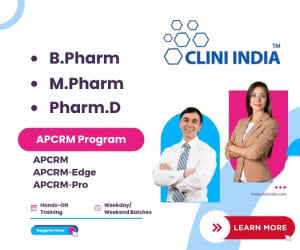ABOUT AUTHORS:
Ramjith.U.S*, Tejil Mathew
Nazareth College of Pharmacy, Othera,
Thiruvalla, Pathanamthitta, Kerala.
ramjithganesh143@gmail.com
ABSTRACT
There are a broad category of drugs used for several disorders (diabetes, cancer, arthritis etc). A number of drugs that are banned in abroad are freely available in the Indian market. The most pitiable feature is that use of these drugs is regularly causing long term implication for our physical health. Some of the common ones that are easily available and people use frequently without doctor’s prescription are cisapride, pioglitazone, sibutramine, phenylpropanolamine, tegaserod, gatifloxacin, rofecoxib, rosiglitazone, nimesulide and analgin. Analgin, nimesulide, rofecoxib are non steroidal anti-inflammatory and analgesic drugs which on long term use can affect human health in various ways by damaging liver, causing irregular heartbeats, depression, blood pressure fluctuations etc. This is the prime reason that most of European countries have disqualified and banned the manufacturing and consumption of these drugs. It has been recently pointed out that Indian drug regulatory authorities have refused to ban sale of 10 drug, including gatifloxacin, rosiglitazone, rofecoxib, apart from over 80 drug combinations that are prohibited in other countries IPA have made various regulations and guidelines for the control of these drug, but still they are in use because of lack of awareness in people. So by this review we try to create awareness among people regarding the banned drugs and there reason for ban.
(adsbygoogle = window.adsbygoogle || []).push({});



 ABOUT AUTHOR:
ABOUT AUTHOR:  About Authors:
About Authors:  About Authors:
About Authors: 







.png)

